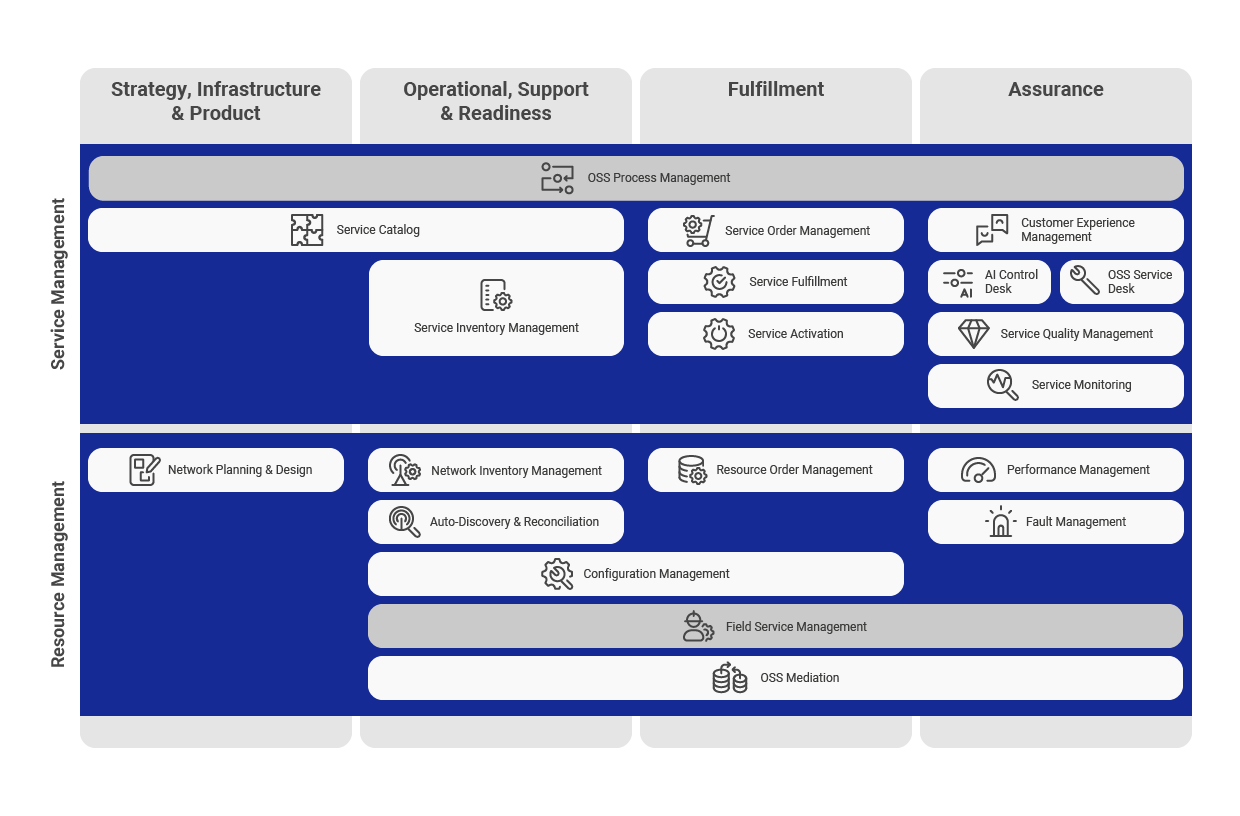LG U+ was established on July 11, 1996, and has been transforming the lives of customers since. The company strives to develop telecommunications services, high-speed internet, VoIP and IPTV services as well as other data services. In fact, LG U+ was first in the world to establish a nationwide LTE network with super high-speed services of the highest quality. Continuing into the era of 5G and IoT, LG U+ continues to create higher standards of service.
LG U+ operates mobile, home, corporate telecommunication and network management business, with its Yongsan headquarters and office buildings at Magok Science-park and Sangam at the center of its operations. In addition, LG U+ has 12 IDC centers all over the country to provide stable infrastructure and corporate customer support service. Specifically, the Pyeong-chon Mega Center in Anyang, Gyeonggi province, is Asia’s largest white space, global MW-class super modular data center. It is the first IDC to have achieved Uptime Tier III certification in Korea in recognition of the high quality and stability of its non-stop 24/7 service.




